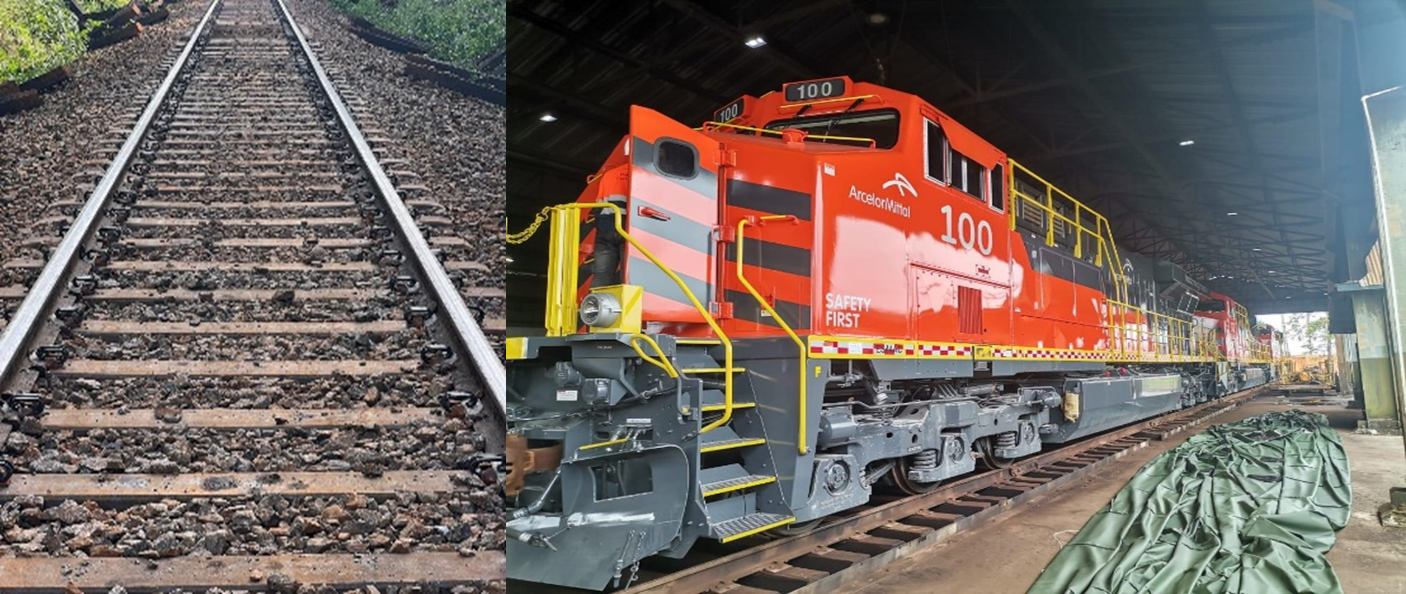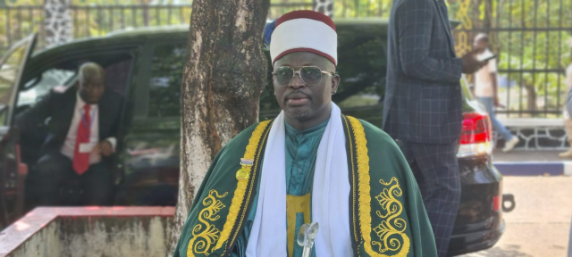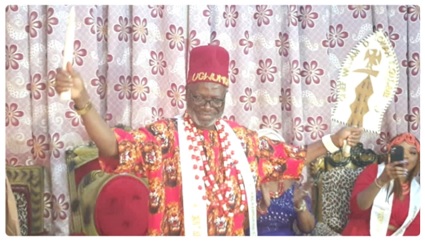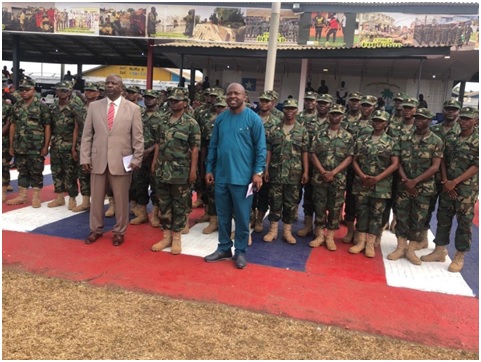ArcelorMittal Liberia’s presence in the country has undeniably reshaped the landscape of the mining sector, bringing much-needed attention and investment to Liberia’s once-dormant iron ore industry.
On September 23, 2011, the company made headlines with its first shipment of iron ore to Asturias, Spain, symbolizing the revival of Liberia’s mining industry after a 20-year hiatus.
This momentous occasion marked the return of Liberia to the global iron ore market. However, as ArcelorMittal continues its operations, questions linger about the broader impacts of its investments, especially in the context of Liberia’s infrastructure.
The company’s activities at the port in Buchanan have ramped up significantly since 2011.
With a full-time workforce of 80, predominantly Liberians, ArcelorMittal’s operations at the port showcase a thriving export hub.
Workers operate heavy machinery, manage conveyor belts, and handle ship loaders, underscoring the company’s role in creating jobs for locals.
Despite these visible successes, deeper scrutiny reveals a real potential of port and rail infrastructure when ore, a non renewable resource, is long gone
Establishing its mining project in Liberia required ArcelorMittal to pour significant resources into three essential areas: the mine, the railway, and the port. While this investment has led to improved operations, particularly in the rail and port infrastructure, it also highlights the company’s long-term goal to invest in Liberia.
The railway and port, once crippled by war, were key to unlocking the country’s economic potential. ArcelorMittal’s investment of over $500 million to restore these structures has been touted as a lifeline for the nation’s economy.
However, concerns linger over whether this critical infrastructure can be fully leveraged to benefit Liberia beyond the immediate gains from mining sector.
The iron ore pier at the Buchanan port, which had been in severe disrepair, underwent a comprehensive re-engineering process by AML. New sheet piling and cross-bolts were installed to fortify the structure, alongside extensive load testing and backfilling.
While these efforts have undoubtedly modernized the port, enabling it to handle substantial volumes of iron ore, thousands of Liberians are benefiting from these infrastructure upgrades through direct and indirect jobs. The question is: can Liberia leverage this opportunity to use the trail for other key industrial activities when the mining operation eases?
Highly placed sources in ArcelorMittal believe that one of the key aspects where the company has performed well is to have successfully overhauled the 243-kilometer railway connecting the Yekepa mine in Nimba County to the Buchanan port.
This railway, owned by the Liberian government but operated by ArcelorMittal, plays such an important role in transporting iron ore from the mine to the port. The restoration of the railway was essential, but it highlights a broader issue: the government’s ability to maximize the use of this asset for other industries or sectors in the future.
Liberians may be questioning whether enough is being done to ensure the railway can benefit the country in other ways. While the company has made investments to keep the railway operational, persistent issues like vandalism and theft of railway parts pose significant challenges. ArcelorMittal has had to repeatedly repair damaged sections of the line, raising concerns about the long-term sustainability of this vital infrastructure. Furthermore, given that the railway is government-owned, there remains the issue of how to fully unlock its potential for other economic activities, such as agriculture and other commercial ventures when ore is no longer available.
ArcelorMittal’s presence in Liberia has created jobs, particularly at the port and the railway. The company’s workforce is predominantly Liberian, and the skills transferred from international experts to local workers are a positive development. These jobs represent long-term career opportunities for Liberians, and they are largely dependent on the company’s operations.
As ArcelorMittal moves forward with its Phase 2 expansion project, which promises to further increase production and export capacity, there is an expectation that more jobs will be created.
The company itself has repeatedly committed that these jobs will lead to significant improvements in local living standards and will simply meet the short-term labor needs of the company.
But a better plan to use the rail line can prove more valuable and sustainable given long term targets the government set out to kept people at work using these two assets.
The focus now on iron ore exportation, while profitable for both the company and the government in terms of royalties and taxes, leaves questions about how other industries can benefit from the upgraded infrastructure in time to come.
As the world shifts towards diversifying economies and reducing reliance on single industries, Liberia must consider how to leverage these investments beyond mining.
ArcelorMittal already supports efforts to ensure the railway and port become multi-use assets that can fuel growth.
And by AML current upgrades that could push the rail to last for more than 50 years, it suggests that the rail cannot just remain primarily conduits for iron ore, because when ore is done Liberia can use the infrastructure for the broader economy.
ArcelorMittal has been a major force in the revitalization of Liberia’s mining sector, and its investment in rail and port infrastructure can even deliver more benefits to Liberia now and long after the its mining operations.
Especially that the company is currently laying give groundwork by planting a rail that could last for dozens of years, Liberia could capitalize on this key infrastructure for broader economic activities long when ore is depleted.
Liberia should now begin to look towards the future and develop a plan to utilize the infrastructure through comprehensive strategy that ensures these assets benefit the entire country post-iron ore production, while recognizing AML’s contributions as a key step that bring back the rail infrastructure to life.







